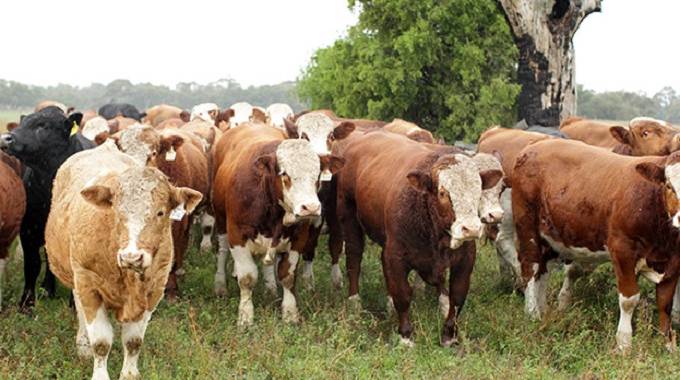
THE country has recorded an increase in livestock deaths with the cattle mortality rate standing at 18 percent which is higher than the acceptable rate of between three and five percent
According to the Zimbabwe Vulnerability Assessment Committee (ZimVac) report, cattle and goat deaths have been increasing from March 2009 to April 2018.
“Nationally, cattle mortality rate is at 18 percent, which is higher than the acceptable country rates of between three and five percent.
“The highest cattle mortality rates have been recorded in Mashonaland East province at 29 percent, while the lowest rates were recorded in Masvingo (nine percent),” reads the report.
“Goat mortality rate is at 17 percent and it’s also high compared to the acceptable country rates of between eight and 10 percent. The highest goat mortality rate was recorded in Manicaland province at 20 percent, while Mashonaland province recorded the lowest rate of 13 percent.”
The ZimVac report indicated that at least 20 districts recorded cattle mortality rates of 20 percent and above, while in other districts it was below 20 but above the acceptable rate.
It said cattle prices range from RTGS$317 to RTGS$1 384, with the lowest cattle prices being recorded in Gweru and the highest in Chimanimani.
The report said the average prices for goats range from RTGS$35 to RTGS$125 with the lowest prices being recorded in Beitbridge and the highest in Kwekwe.
According to the Crop and Livestock Assessment Report, the national herd increased from 5,3 million recorded in the 2016/2017 season to 5,5 million in the 2017/2018 season.
The report indicated that 90 percent of cattle were owned by smallholder farmers with communal farmers owning 68 percent while A1 farmers owned 11 percent.
During the 2015/2016 summer cropping season, livestock producers were hard-hit by the drought that not only affected Zimbabwe, but the southern African region due to the effects of El-Nino. This resulted in many livestock deaths. — @pamelashumba1
